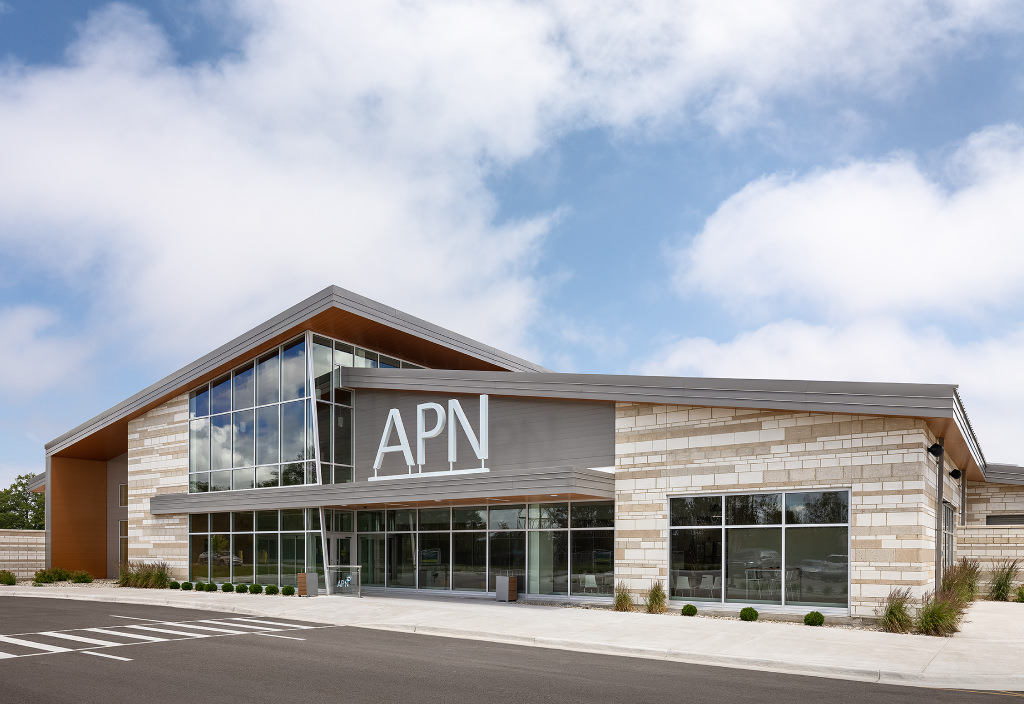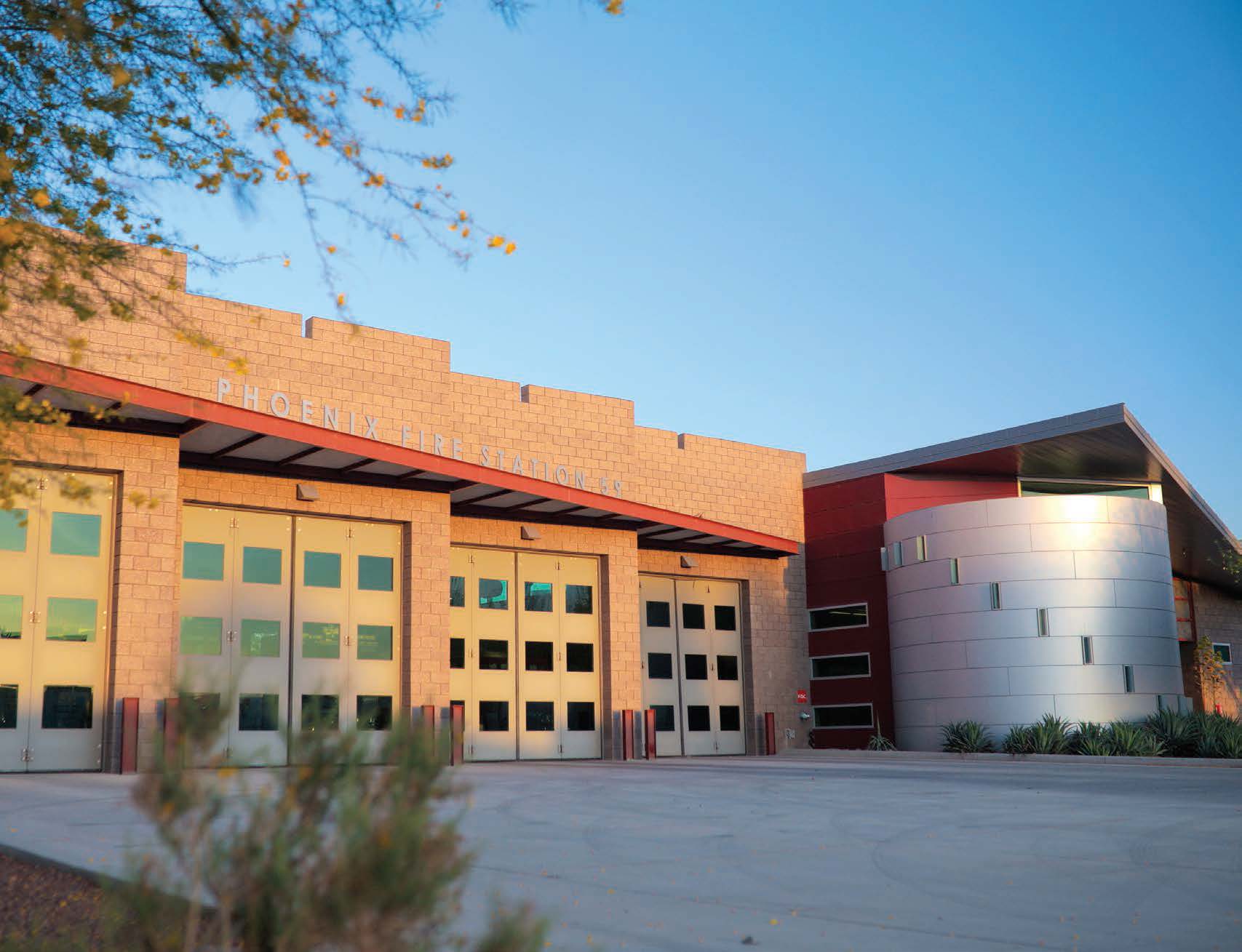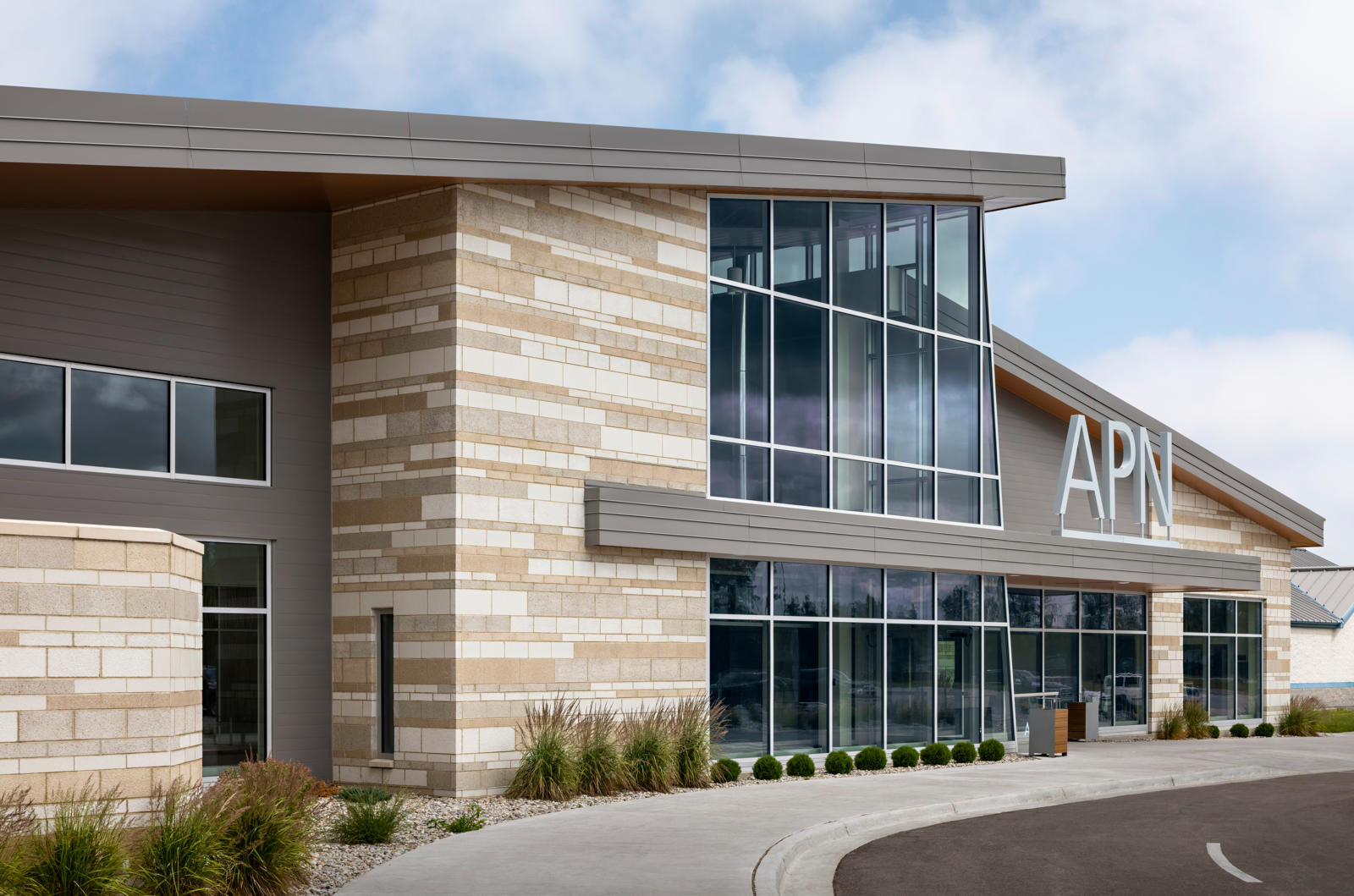
Background
Located along Michigan’s Lake Huron shores, Alpena County is an outdoor haven that attracts droves of nature lovers and adventure seekers each year. Camping, hiking, and kayaking top the list of the region’s most popular activities while Thunder Bay National Marine Sanctuary offers glass bottom tours and scuba excursions that explore the more than 100 protected historic ship wrecks now resting in the local waters.
The Alpena County Regional Airport plays a crucial role in keeping this majestic getaway accessible to leisure and business travelers from other parts of the country. As an airfield, the location served as a training facility for fliers throughout WWII and remains home to one of only four National Guard Combat Readiness Training Centers in the United States.
While the original commercial passenger terminal was constructed in 1952, it wasn’t until the 1990’s—when commuter airlines became more prevalent—that Alpena’s civilian air travel expanded enough to qualify for Federal Airport Improvement funds.
The Challenge
By 2018, county and airport officials were ready to replace the long-standing terminal with a more expansive and updated facility.
As a nationally headquartered firm with a local presence, RS&H was chosen to oversee the transformation. Founded in 1941, the company grew from a military focused business into an integrated coast-to-coast architecture, engineering, and consulting firm.
Lead design architect, Frank Gratton, noted “Our design process is based on creating airport terminal architecture that is inspired by context, community, and culture.”
Interior aspects of the new design included Lake Huron inspirations and references to Thunder Bay’s historic shipping industry. For the exterior, Gratton and his colleagues created an aesthetic that would pay tribute to the quarry industry that still accounts for a large sector of the region’s economy.
Andrew Nelson, an RS&H architect who specializes in aviation projects, explained, “Airports are the first and last impression and experience that a passenger has with the local area. We wanted to make that an impactful experience. We thought about materials early in process and how they could reflect the richness of the place.”
The Solution
The RS&H team chose two architectural masonry products manufactured by Echelon Masonry—Trendstone® ground face CMU blocks and Mesastone® textured masonry units.
Nelson explained, “Blending the two masonry products allowed us to showcase the materials in an innovative way to create a more modern contemporary look. The color palette was driven by shades found in the local quarries. Instead of a typical stacked stone pattern, we mixed four different colors—Midwest White, Landers Bay, Goldstone and Saddle Tan—to create a linear pattern that is informed by some of the striations in the local rock formations.”
Echelon’s Trenwyth Trendstone® ground face CMUs are pre-finished, integrally colored concrete blocks with one or more faces ground to expose the variegated colors of the natural aggregates. The application of a clear satin gloss acrylic to the exposed face of each concrete block provides moisture resistance while accentuating the natural beauty of the aggregates.
As the RS&H team discovered, that refined look often transitions to an interior aesthetic. The designers chose to extend the exterior quarry pattern into the terminal’s lobby, where a feature fireplace was constructed using the same linear masonry stratification.
“We wanted to create a living room feel for this North Woods site,” Nelson noted, “By including that warm feature in the lobby. The Trendstone® and Mesastone® allowed us to bring that same feel indoors. The natural stone look complemented other interior features including industrial metals and metal ceiling panels that emulated wood.”
The Result
With customer travel on the rise, the new Alpena Airport terminal is getting enthusiastic feedback from travelers. Nelson reflected, “For this small community, it’s exciting to have a new transportation project like this completed.
It’s a symbol of community pride and a cause for celebration. The clients and users were pleased with the outcome, and there are plans for future growth. The airport, connected to its place, will serve this region for many decades to come.”
- Product
- Trendstone
- Mesastone
- Architect Firms
- RS&H, Inc.
- Masonry Contractor
- Linked contractor
- No linked contractor
Stay Connected
Get the latest news and information from Echelon by signing up to receive our monthly newsletter.

Featured Product
Trendstone
